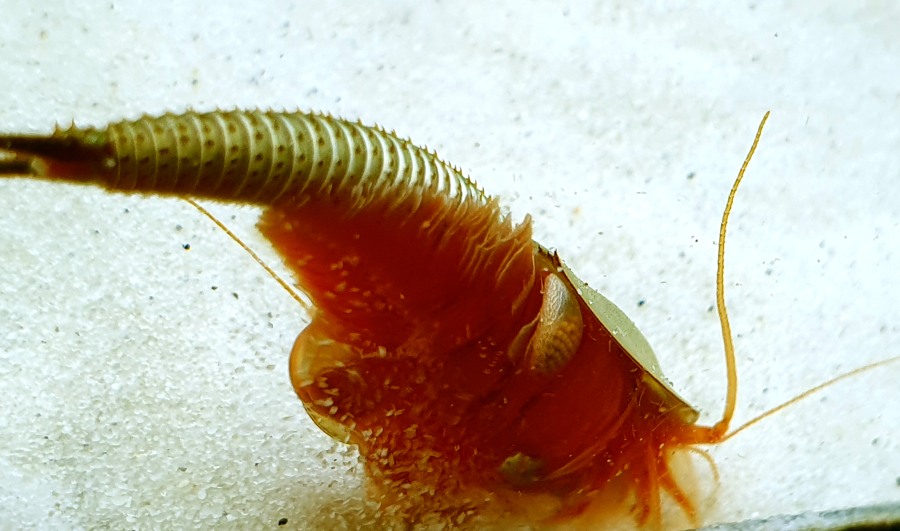Guide
Do you know the correct writing of the name “Triops”?
Triops, a genus of small crustaceans known for their fascinating life cycle and ancient origins, has been a subject of interest among nature enthusiasts and scientists alike. When it comes to correctly writing the name “Triops,” it’s important to adhere to taxonomic conventions to ensure accuracy and consistency in scientific communication.

The Correct Writing of the Name “Triops”
Triops, a member of the Notostraca order, encompasses several species, with some of the most common being Triops cancriformis, Triops longicaudatus, and Triops australiensis. The proper formatting of the genus and species names follows the guidelines of binomial nomenclature established by Carl Linnaeus, the father of modern taxonomy.
Genus and Species Naming Conventions:
- Italicization: Both the genus and species names should be italicized when written in print or typed. For instance:
- Triops cancriformis
- Triops longicaudatus
- Triops australiensis
- Capitalization: The genus name, “Triops,” should always start with an uppercase letter, whereas the species name should start with a lowercase letter. For example:
- Triops cancriformis
- Authority: In scientific literature, it’s common to include the authority—usually the name of the scientist who first described the species—after the binomial name, typically abbreviated. For instance:
- Triops cancriformis (Bosc, 1801)
Importance of Correct Naming:
Precision in naming species is vital for clarity and consistency in scientific research and communication. The binomial nomenclature system ensures that scientists across different languages and regions can universally identify and refer to the same organism. By adhering to these conventions, researchers avoid confusion and ambiguity when discussing Triops species.
Interesting Facts About Triops:
- Ancient Creatures: Triops have an ancient lineage, dating back millions of years. Fossil records indicate their existence during the Triassic period, earning them the title of “living fossils.”
- Temporary Ponds: These crustaceans thrive in temporary freshwater habitats like ponds and puddles, often appearing after heavy rains. Their ability to survive in harsh conditions and adapt to changing environments is remarkable.
- Unique Life Cycle: Triops undergo a fascinating life cycle known as “cryptobiosis,” where they can enter a dormant state to survive desiccation (drying out) and revive when conditions become favorable.
In conclusion, understanding the correct way to write the name “Triops” is crucial for scientific accuracy and effective communication within the field of biology. Adhering to binomial nomenclature guidelines ensures that researchers worldwide can easily identify and study these intriguing crustaceans without confusion.
Remember, italicize the genus and species names—Triops cancriformis, Triops longicaudatus, Triops australiensis—while also acknowledging the importance of taxonomy in preserving the accuracy and integrity of scientific information.